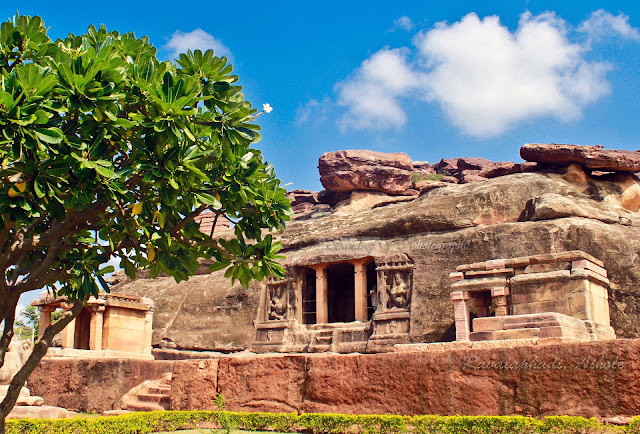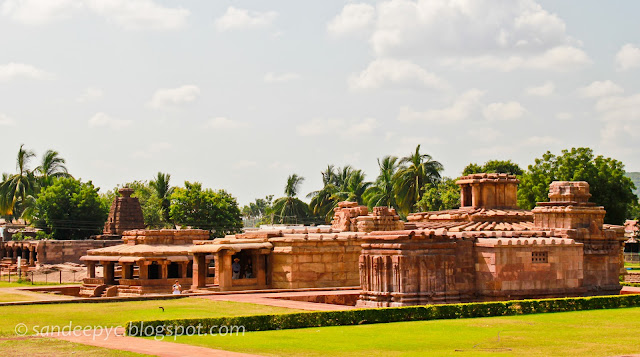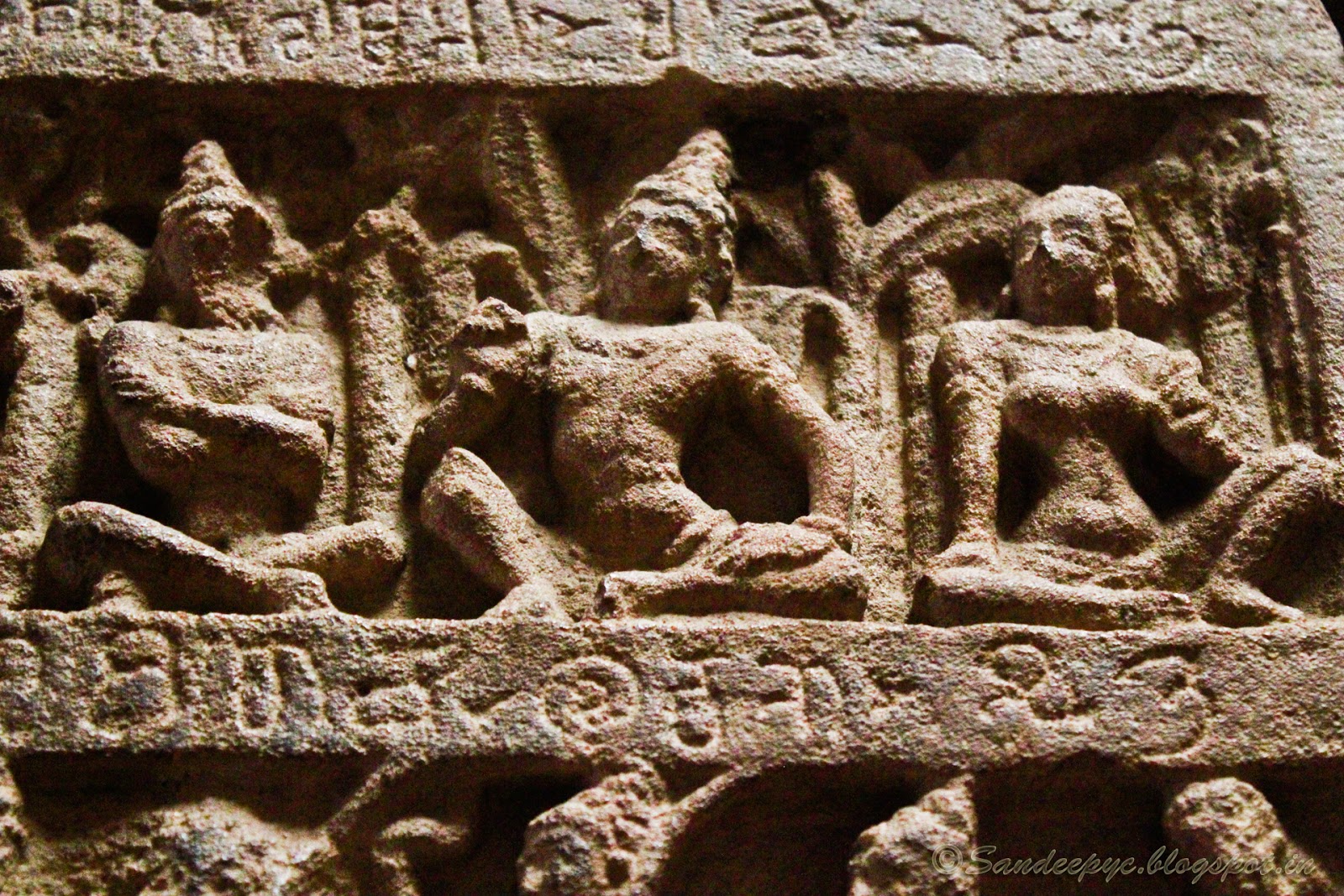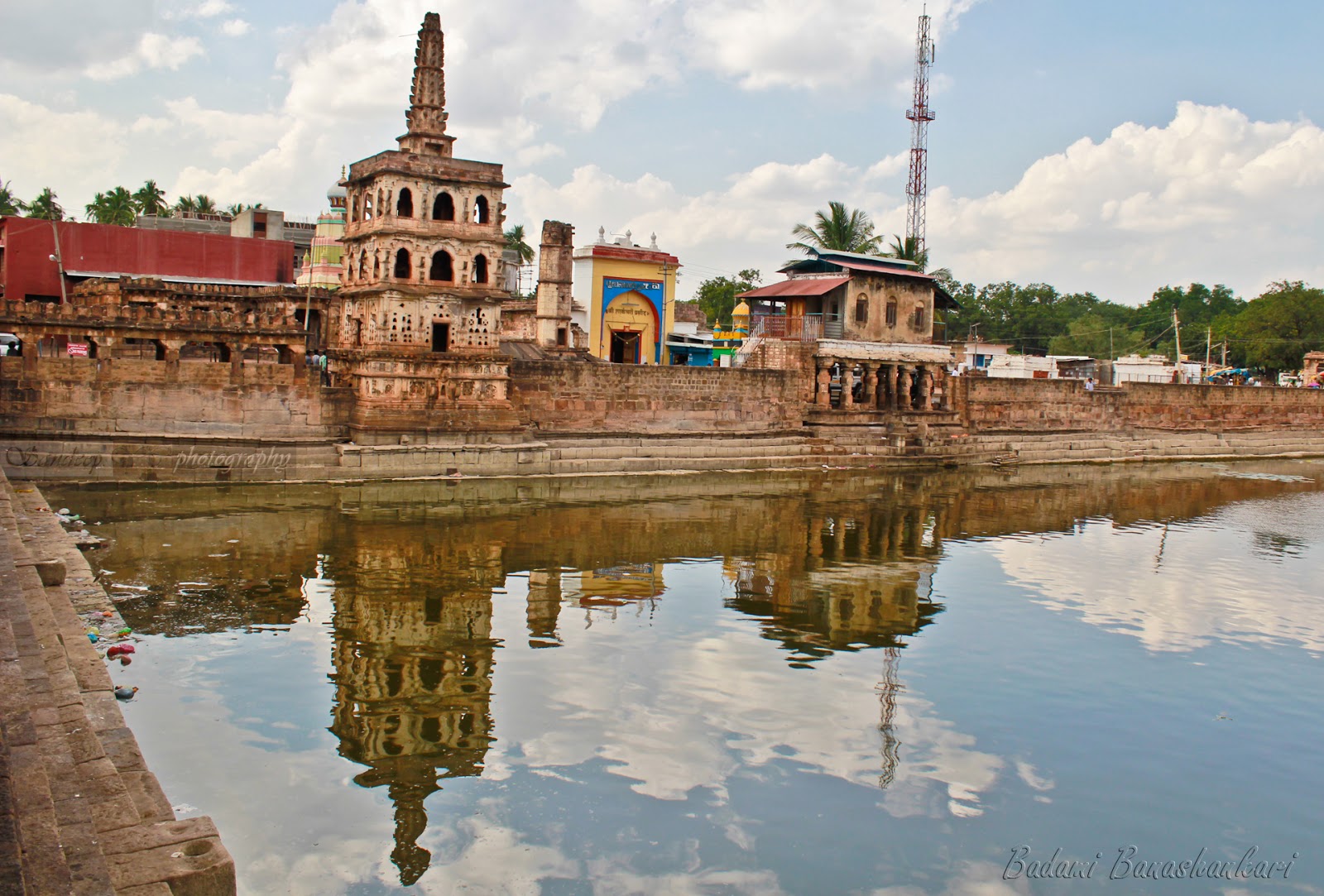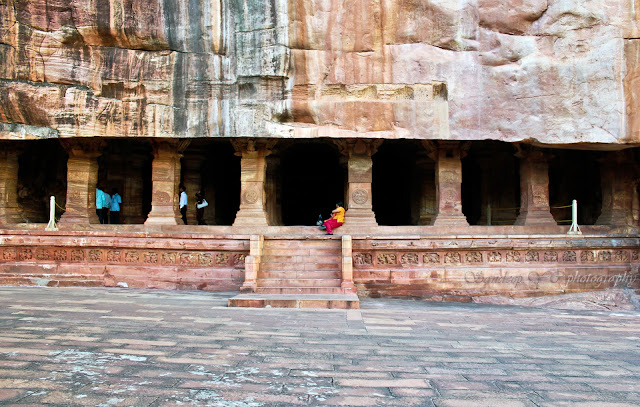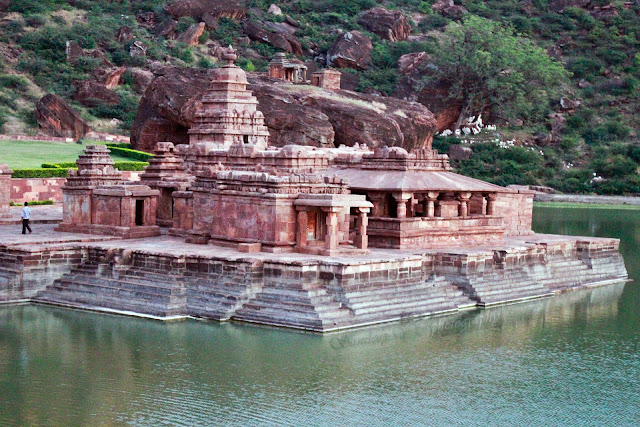Wayanad Greens
+copy-1+copy.jpg) |
| Sun rise through the Chembra peak |
First things first, about the place and places to visit in Wayanad district,
So referred here as green as you find lots of greenery all around, with tea and coffee estates being common. Two of the greatest peaks to conquer, one being Chembra peak and the other Banasura Hills both of over 2000m above sea level. Lots of waterfalls to make you really wet Meenmutty, Kanthanpara, Soochipara to name a few. Some of them to explore like Banasura falls, Karlad Lake, Neelimala view point, Sunrise valley view point, Chethalayam Water Falls. Some popular places like Edakkal caves, Therunelly Temple, Lakkidi view point. There are a few more popular water bodies apart from waterfalls including Kuruva Islands, Banasura sagar dam and Pookode Lake. Tholpetty wildlife sanctuary and Muthanga wildlife sanctuary for wildlife enthusiasts.
Travelogue:
Route taken:
Day1: Bangalore-Mandya-KRS Road-Hunsur-Nagarhole-Kutta-Irrupu-Kutta-Kalpetta-resort-Chundale-Vythiri-Pookode lake-Resort
Day2: Resort-Kalpetta-Banasura sagar dam- Pozhuthana-Vythiri-Lakkidi view point-Chain tree-Kalpetta-Sultan Bathery-Muthanga-Bandipur-Gundlupet-Mysore Palace Road-Bangalore
Total distance covered: 705km
We were all packed our luggage on Friday night with all the batteries charged and it was sat early morning 4.30am we left east Bangalore in a mini bus and after two pickup points we were officially outside Bangalore at around 6am, we were already 30min out of our schedule. All of them were sleeping, we were near Ramanagara where we had some spectacular beauty of sunrise with sun turning out to be completely orange. Having had the beautiful morning we crossed by Maddur by 7.30am, we missed the breakfast here as it was still early to have food. After reaching nearby Srirangapatna we took right towards ranganathittu on the KRS road which we thought is a shortcut since it won’t run into the Mysore city, later turned out to be a completely wrong decision as the road was in a really bad condition making our day a little tired, after a long time we finally routed back to the Mysore-Hunsur road, we were happy to see the road so smooth and we reached hunsur by 9am for our breakfast (We were already 1hr behind our schedule reason being 3 pickup points and lazy loading of luggage and taking KRS road). After having some masala dosa’s we headed towards Nagarhole road. Here be careful about the road since there is one more route which goes by Gonikoppal(don’t take this route). We were carrying Google navigation on android device and also were taking the local people advice about the routes.
 |
| Nagarhole Road |
 |
| Chital herd at Nagarhole |
The Nagarhole road is also not in good condition and for our bad luck we rarely spotted any wildlife inside Nagarhole until we reached the forest office in Nagarhole were we spotted a lot of deer’s and only deer’s. We then reached Kutta and took a diversion towards Irrupu falls. We were at Irrupu temple at almost 12 noon since the road from kutta to Irrupu is again bad and very narrow for our mini bus to pass by. We parked our vehicle in front of Irrupu temple and started to trek towards Irrupu falls. There is an entrance ticket of 20Rs/person. The trek is for a km and is easy. There is a small hanging bridge which you’ve to pass on the other side of the river stream, after which there are steps paved all the way till the falls. Irrupu falls is actually a cascading waterfall which slides from the rocks from inside the forest and slides from a height of 170ft in many drops which makes it more beautiful. Best thing about this falls is we can actually play in the water and sit below the falls, except during monsoons when the water level will be high. We spent almost 45mins playing in water and relaxed sitting below the waterfalls where the water falls from a height on top of your body giving a bumpy body massage. For photo enthusiasts this place is like a heaven as you can play with your exposures and can shoot the beautiful nature all around and the numerous butterflies flying all around you. I spotted a big one and a white butterfly with a curvy wings and a blue butterfly which I had earlier never seen, not even in butterfly park of Bannerghatta.
We headed back towards the parking area, the actual trek up was only about 15min and down was less than 10mins. There are restrooms at the parking place but were dirty as in all other tourist spots in India.
 |
| Pookode lake |
We left the place at 1.30pm and headed towards our resort, on the way had our lunch which we had packed (Dharwad rottti’s). We again went through a rutted ride till we reached Kerala border, through Tholpetty wildlife sanctuary. After travelling for some time we reached the check-post and paid tax of Rs3,500 to enter Kerala since we were in a commercial vehicle. The road then turned out to be bad again for almost 1 hour till we reached Kalpetta, and then we reached our resort at 4pm (here our schedules were actually too far to imagine). It was a quick decision to take as it was about to get dark and for information all the tourist spots in Wayanad closes by 5-5.30pm. So in no time checked in to the resort and headed back towards Pookode lake. On the route you pass by Chandale tea estates which was pretty scenic and then for our fate the road was jammed completely near the lake, so we had to walk till the lake which made it a little more delay and we reached the lake entrance only by 5.15pm, and were disappointed to see the booting closes by 5pm, but a little lucky a we were allowed to enter inside the lake and the lake entry also closes by 5.30pm. The whole area was so much crowded that we felt it more crowded than Lalbagh flower show. We realized that it was a festival weekend with Bakrid and Dasherra festivals just behind. The entrance ticket here was Rs15/person and Rs25/camera. We had a walk around the lake and it was pleasant to walk away from the crowd.
 |
| Pookode Lake |
This lake is better than the Ooty Lake since it has a walkway all around the lake. One more interesting thing about this lake is there are thousands of spiders with huge spider webs all through the walkway around the lake; we also spotted a huge yellow snail which was a rare sight. After spending some time in the lake we came out and it was still traffic outside.
 |
| Hundreds of such spiders were found in Pookot lake |
The doors of the lake close by 6pm, so you cannot stay inside after 6pm. We reached the resort by 7pm and for our surprise we spotted the amazing view of the Chembra peak in the moon light, right from the balcony where we were staying. We had our dinner and spent some time playing till we ended our day, with excitement to see the sunrise early morning through the Chembra peak valley.
The next morning I got up at 4.30am and got ready before everyone woke, it was 5.30am when the first sights of light fell on the valley turning Chembra peak into light blue hills. Slowly the view turned out to be more exiting as I continued to enjoy the view for another 30mins before everyone woke up and started getting amazed about the view.
 |
| Early morning view of Chembra peak valley |
It was around 6.30am when we had our coffee in the balcony having a nice view of the coffee plantations below and the tea estates below the Chembra valley. Sun started rising above the mountains, but unfortunately behind the trees, else we would have a wonderful sunrise view from our balcony itself. It was around 8am before everyone arrived at the breakfast having views of the valley along the dining hall. We had some bread butter jam and puri’s and Kerala special Puttu, which was new for me.
 |
| In the middle of Coffee estates |
We then started our trek down the hill by 9am started with the coffee estates and then passed by a small water stream and then climbed up through the coffee estates before we could open up with the most amazing moment of the whole trip, we suddenly ended up being in the tea estates and the view was more thrilling to see the Chembra peak behind it and endless tea estates all around. We just walked through the tea estates for some time enjoying the tranquility of the nature and then turned back towards the resort to checkout and it was by 11am we left the resort towards Banasura sagar dam.
 |
| Coffee seeds |
 |
| Panorama of 5 stitched photos of the tea estates |
 |
| View of resort where we stayed from the tea estates |
 |
| view of the Chembra peak through the tea estates |
Reached the dam at 12noon (which was wrong time to visit dam since it was damn hot sun), we parked the vehicle and took entrance tickets and jeep tickets to go to top of the dam, Entrance charges were Rs15 and Jeep charges were Rs80 for 8persons for both pickup and drop. It was crowded even in the afternoon and we had to wait for the jeep service for 30mins. After we reached the top of the dam spent some time in the park area and then moved towards the boating area to get the tickets for speed boating, but we were again disappointed to see the board saying 2hrs waiting, so we had to drop the plan for going for speed boating as it was not worth waiting for 2hrs in the hot sun.
There is no good place to hang out at the dam area and can’t spend more than 30mins. So we had some group photo and started back towards the parking area through the Jeep.
 |
| Banasura Sagar Dam |
We left at around 2.30pm towards our last destination Lakkidi. The road from Banasura to Vythiri is very scenic, at the first few kilometer you pass by the dam backwaters and later once you cross Achoor until Vythiri there are tea estates on both sides of the road which made the journey more fascinating.
 |
| View from Banasura-vythiri Road near Pozhuthana |
 |
| View from Banasura-vythiri Road near Pozhuthana |
After Vythiri about 4km towards Kozikode you reach Lakkidi, which is the gateway to Wayanad and suddenly you witness the breathtaking view of the Thamarassery Ghats at about 700m above sea level. It was 4pm when we reached Lakkidi view point.
 |
| Lakkidi View Point |
 |
| Lakkidi View Point |
From here you get to see the valley down at a greater depth, making it difficult to view at distances, also the highway which goes by the Ghats is visible from here. Due to the sudden depth of the valley there is a lot of variation in the climate here, in a matter of few minutes the mist can cover the roads and after some time you can have a clear sky.
 |
| Ghat road as seen from Lakkidi |
 |
| Ghat road as seen from Lakkidi |
 |
| View point at Lakkidi |
 |
| Ghat road as seen from Lakkidi |
If you are too lucky you can witness clouds covering the mountains and mist is not covered so that you can get a clear view. So evening time and sunrise time would be ideal, expect there shouldn’t be any rains, else you won’t get a proper view because of the mist.
After spending some time here we headed back towards Bangalore, on the way stopped for lunch at Chain tree and had some Kerala special Kerala parota, glad we liked it a lot, some of the best Kerala parota I ever had. One note here is that you almost never see a pure veg restaurant in Wayanad, so either search for the only udupi restaurant somewhere near sultan bathery or settle down for some decent restaurant whenever you spot.
 |
| Chain tree |
After having lunch here we left lazy at around 6pm nonstop towards Bangalore, as we had lunch late we didn’t stop for dinner, instead we had snacks and bread in the bus itself. Again the roads were in bad condition somewhere near gundlupet and then passed by Mysore Palace having the night view of the city it was looking so clean and pleasant compared to ever busy Bangalore roads. We reached Bangalore around 1am and after all the drops we finally ended up in east Bangalore at around 2.30am. It was one more unforgettable trip for me with all the excitements, embarrassments, disappointments and beautiful memories.
We had to drop our plans of visiting Soochipara falls since we already visited Irrupu falls and also didn’t think of Edakkal caves to avoid the weekend crowd.
Note: Nagarhole closes from 6am-6pm and Bandipur closes from 9pm-6am on the Wayanad Mysore routes. So plan schedules accordingly.
Photos of Resort:






























































